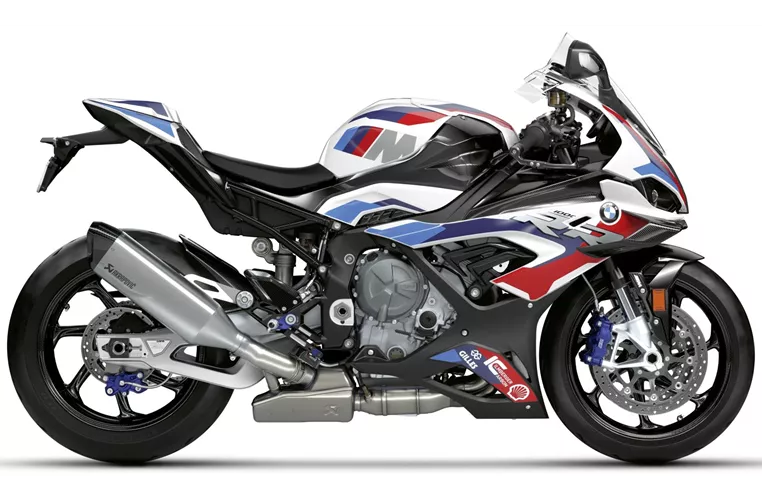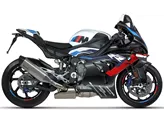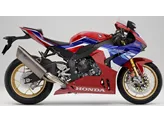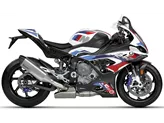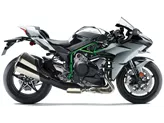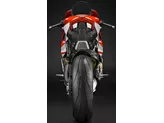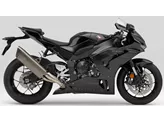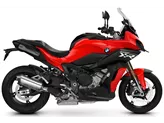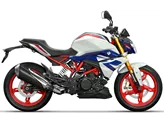Kawasaki Ninja H2 2015 vs. BMW M 1000 RR 2021

Kawasaki Ninja H2 2015
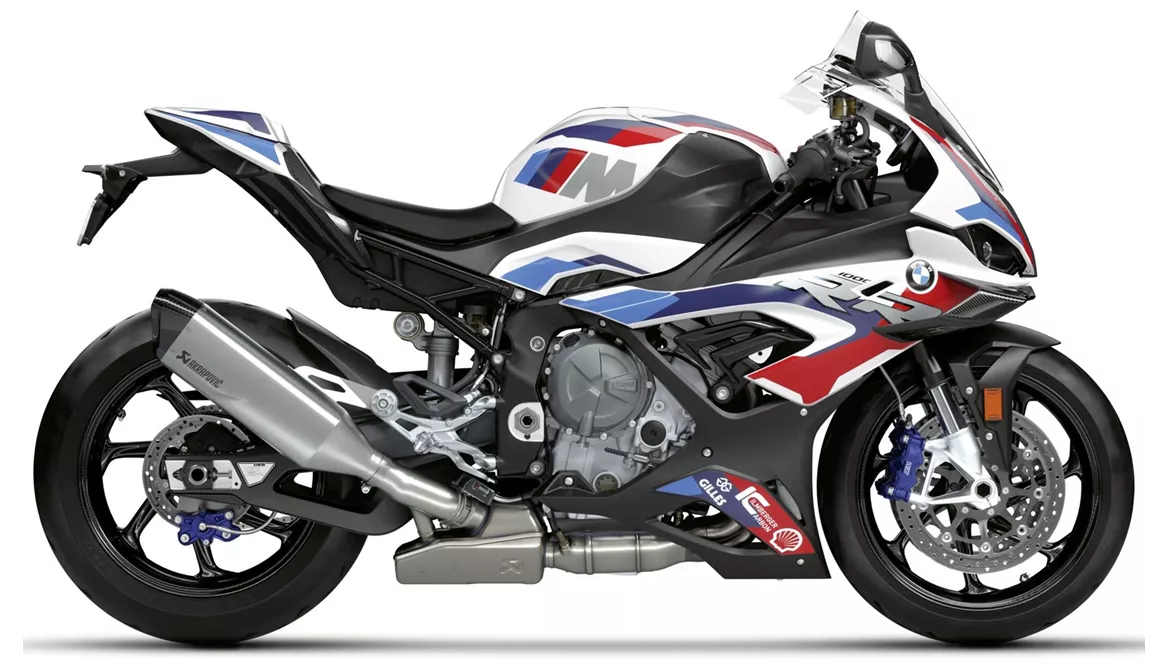
BMW M 1000 RR 2021
Genel bakış - Kawasaki Ninja H2 2015 vs BMW M 1000 RR 2021
The Kawasaki Ninja H2 model year 2015 and the BMW M 1000 RR model year 2021 are both high-performance supersport motorcycles. While they share some similarities in terms of engine type, valves, and displacement, there are also notable differences in their specifications and overall performance.
Starting with the engine, the Kawasaki Ninja H2 is equipped with an inline 4-cylinder engine with a bore of 76 mm and a stroke of 55 mm. It delivers an impressive engine power of 200 HP and a torque of 133.5 Nm. The compression ratio is 8.5:1. On the other hand, the BMW M 1000 RR features an inline 4-cylinder engine with a larger bore of 80 mm and a shorter stroke of 49.7 mm. It boasts a higher engine power of 212 HP, but a slightly lower torque of 113 Nm. The compression ratio is significantly higher at 13.5:1 for improved performance.
In terms of suspension, both motorcycles have adjustable front and rear suspension systems. The Kawasaki Ninja H2 is equipped with a telescopic fork front suspension, while the BMW M 1000 RR features an upside-down telescopic fork front suspension. Both motorcycles offer compression, preload, and rebound adjustments for optimal handling and comfort.
When it comes to the chassis, the Kawasaki Ninja H2 features a steel frame, while the BMW M 1000 RR utilizes an aluminum frame with a twin-tube design that acts as a load-bearing structure for the engine. The BMW's frame design provides improved rigidity and weight reduction, contributing to better overall performance.

Kawasaki Ninja H2 2015
In terms of braking, both motorcycles are equipped with double disc brakes at the front, utilizing radial technology for enhanced stopping power. This ensures excellent braking performance and control in various riding conditions.
In terms of dimensions and weights, both motorcycles have similar front and rear tire widths and diameters. The wheelbase of the Kawasaki Ninja H2 is slightly shorter at 1455 mm compared to the BMW M 1000 RR's 1457 mm. The seat height of the BMW M 1000 RR is slightly higher at 832 mm compared to the Kawasaki Ninja H2's 825 mm. The BMW M 1000 RR also has a lower curb weight of 192 kg compared to the Kawasaki Ninja H2's 238 kg. However, the BMW M 1000 RR has a slightly smaller fuel tank capacity of 16.5 liters compared to the Kawasaki Ninja H2's 17 liters.
In terms of strengths, the Kawasaki Ninja H2 is praised for its outstanding build quality, powerful engine with a mechanical turbocharger, and impressive acceleration and speed. The narrow seat ensures safe standing, even for smaller riders, and the motorcycle offers great stability and confidence-inspiring handling. The strong brakes and high-quality details are also notable strengths.
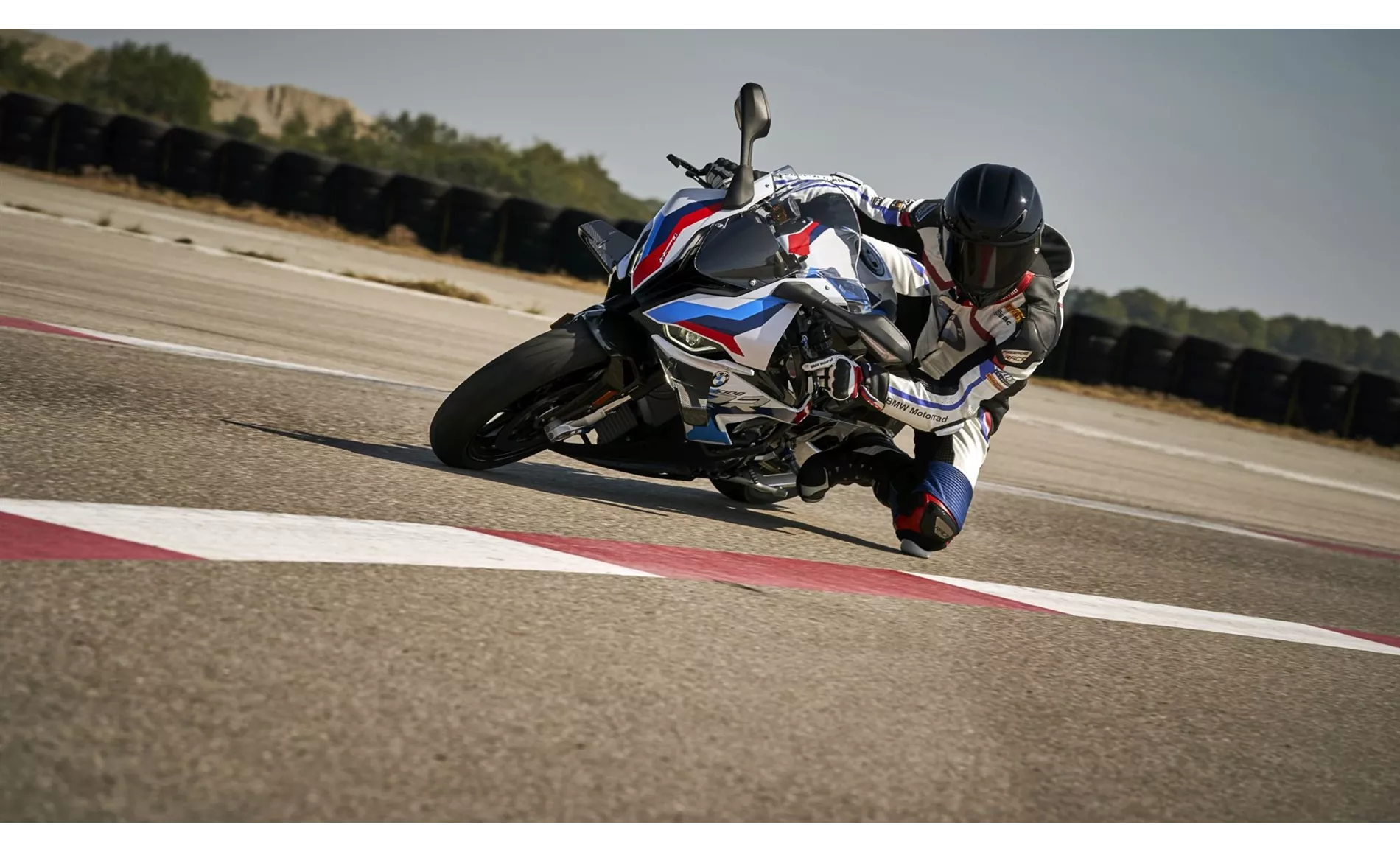
BMW M 1000 RR 2021
On the other hand, the BMW M 1000 RR is praised for its smooth overall package, strong brakes, precise chassis, and noble details. The motorcycle offers great responsiveness, a rev-happy engine, and a harmonious transition from load to push mode.
As for weaknesses, the Kawasaki Ninja H2 is noted for its response behavior in the transition from pushing mode to acceleration phase, which is not at the level of "normal" motorcycles. It also exhibits understeer in fast bends, and taller riders may find it difficult to integrate their feet into the overall aerodynamic concept.
The BMW M 1000 RR's weaknesses include a price package that is not customer-friendly but sales-friendly, footrests that could benefit from more grip on the track, and a desire for a higher and harder seat option.
In conclusion, both the Kawasaki Ninja H2 2015 and the BMW M 1000 RR 2021 are impressive supersport motorcycles with their own unique strengths and weaknesses. The Kawasaki Ninja H2 offers exceptional performance and build quality, while the BMW M 1000 RR provides a smooth and precise riding experience. Ultimately, the choice between the two will depend on individual preferences and priorities.
Teknik Özellikler Kawasaki Ninja H2 2015 ile karşılaştırıldığında BMW M 1000 RR 2021
Karşılaştırıldığında Artıları ve eksileri
Karşılaştırıldığında Artıları ve eksileri
Kawasaki Ninja H2 2015

Ninja H2 motosiklet tarihinde bir kilometre tasini temsil etmektedir. Sadece elektronik yeniliklerle dolu olmakla kalmiyor, ayni zamanda motor yapisi ve mekanigi açisindan da tamamen yeni teknolojiler sunuyor. Bir Japon teknoloji sirketinin bu yüksek teknolojili arastirma nesnesi aslinda satin alinabilir ve sürülebilir. Temel olarak, normal bir motosiklet gibi sürüyor, ancak önemli ölçüde daha fazla güce sahip. Baslangiçta, motorun tepki davranisi bir meydan okumadir, ancak hiz düskünleri bu büyüleyici motosikleti sürmenin ve keyfini çikarmanin bir yolunu bulacaktir.
BMW M 1000 RR 2021
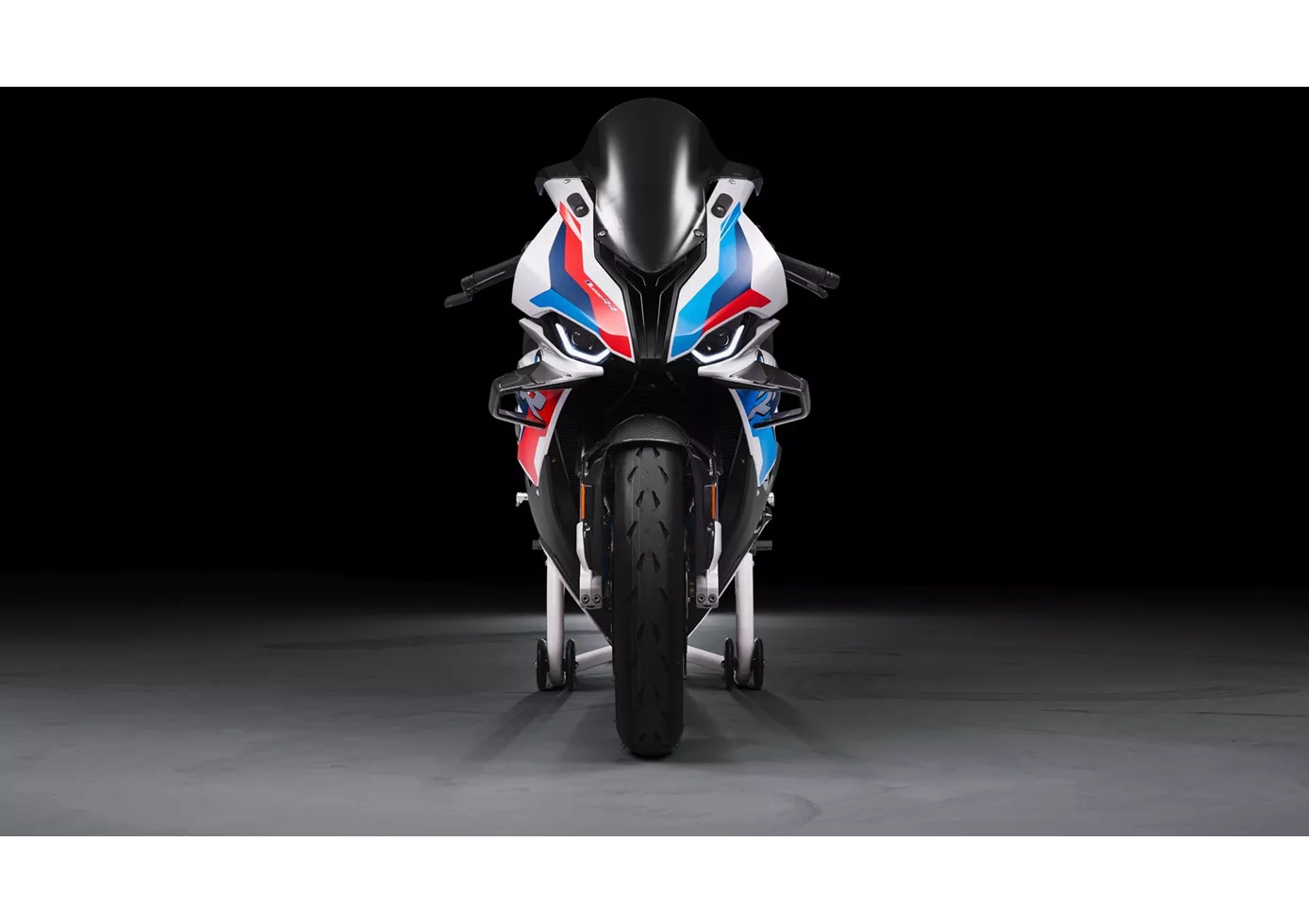
M1000RR'nin fiyati sadece ilk bakista sok edici. Seleye oturdugunuzda, güç ve frenleme performansi sizi daha çok sasirtiyor. Bu motosiklet dogrudan BMW fabrikasindan çikmis, tamamen özellestirilmis bir yaris motosikletidir. Ingiliz anahtariyla ugrasmayi sevmeyen ama yine de yarismayi seven herkes bu motosikletten memnun kalacaktir. Sik ve pratik bir süper motosiklet makinesi!
Fiyat Karşılaştırması Ortalama Piyasa Fiyatı Kawasaki Ninja H2 vs BMW M 1000 RR
There are a few key differences between a Kawasaki Ninja H2 2015 and a BMW M 1000 RR 2021. In terms of price, the actual average price of a BMW M 1000 RR 2021 is about 20% higher. A Kawasaki Ninja H2 2015 experiences a loss of 6,020 USD in one year and 5,130 USD in two years of ownership. This is offset by a loss of 1,640 USD and 2,850 USD for a BMW M 1000 RR 2021. Compared to BMW M 1000 RR 2021 there are less Kawasaki Ninja H2 2015 bikes available on the 1000PS.de Marketplace, specifically 4 compared to 7. It takes less time to sell a BMW M 1000 RR with 127 days compared to 153 days for the Kawasaki Ninja H2. Since model year 2015 1000PS.de editors have written 27 reviews for the Kawasaki Ninja H2 and 14 reviews for the BMW M 1000 RR since model year 2021. The first review for the Kawasaki Ninja H2 was published on 8/31/2014 and now has more than 5,600 views. This compares to more than 105,600 views for the first review on BMW M 1000 RR published on 9/23/2020.

